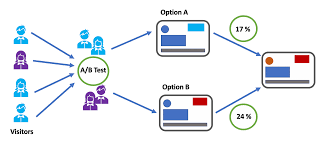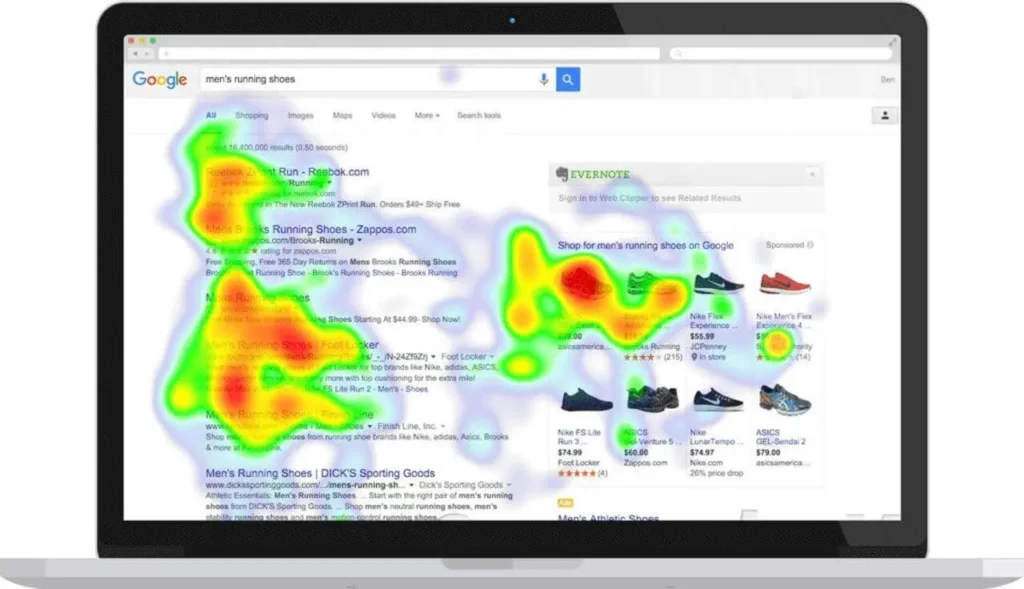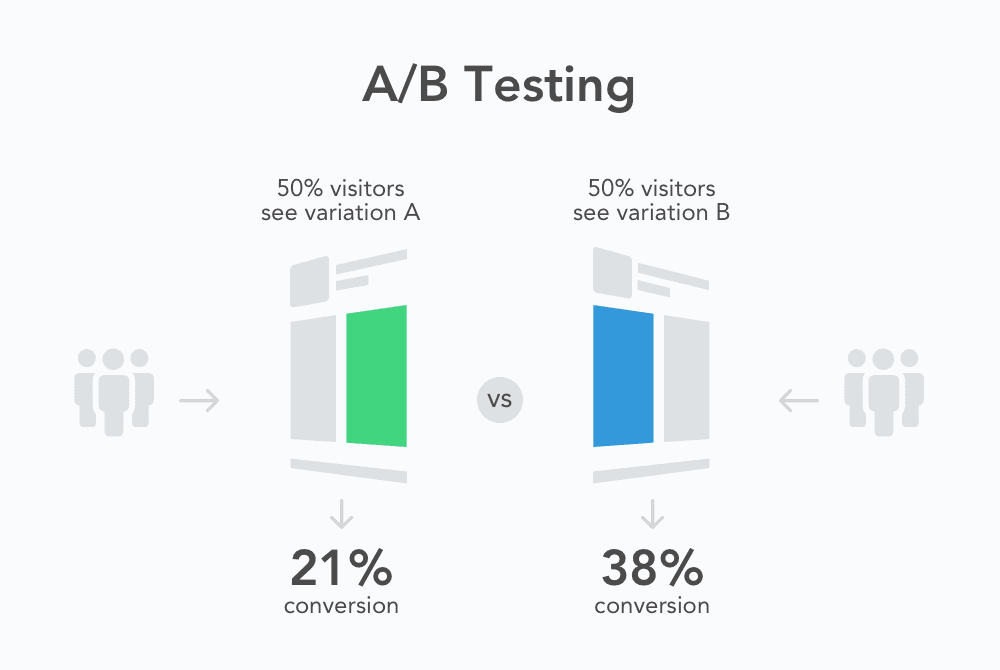In the competitive world of ecommerce, especially in bustling markets like Sydney, staying on track and making informed decisions is essential for success. One of the most effective ways to ensure your online store thrives amid ever-changing customer behaviors and market trends is by setting guardrail metrics. These key performance indicators act as safeguards, helping you monitor your store’s health, identify potential issues early, and maintain a steady path toward your business goals. In this blog post, we’ll explore why establishing guardrail metrics is crucial for your Sydney ecommerce store and how they can empower you to optimize performance, enhance customer experience, and ultimately boost your bottom line.
1. Understanding Guardrail Metrics: What They Are and Why They Matter
Guardrail metrics are essential benchmarks that help keep your Sydney ecommerce store on track by ensuring key aspects of your business don’t falter as you pursue growth. Unlike primary performance indicators that focus on goals like sales or customer acquisition, guardrail metrics act as safety checks—monitoring areas such as customer satisfaction, return rates, website load times, and operational costs. By closely tracking these metrics, you can quickly identify warning signs that might otherwise go unnoticed until they become major issues. For example, a sudden spike in product return rates or a decline in website speed can signal underlying problems that could impact your reputation and revenue. Understanding and setting guardrail metrics allows you to maintain a balanced approach to scaling your business, ensuring that while you push for higher sales and expansion, you don’t compromise on customer experience or operational efficiency. In essence, guardrail metrics provide a comprehensive view of your ecommerce store’s health, guiding you to make informed decisions that support sustainable success.
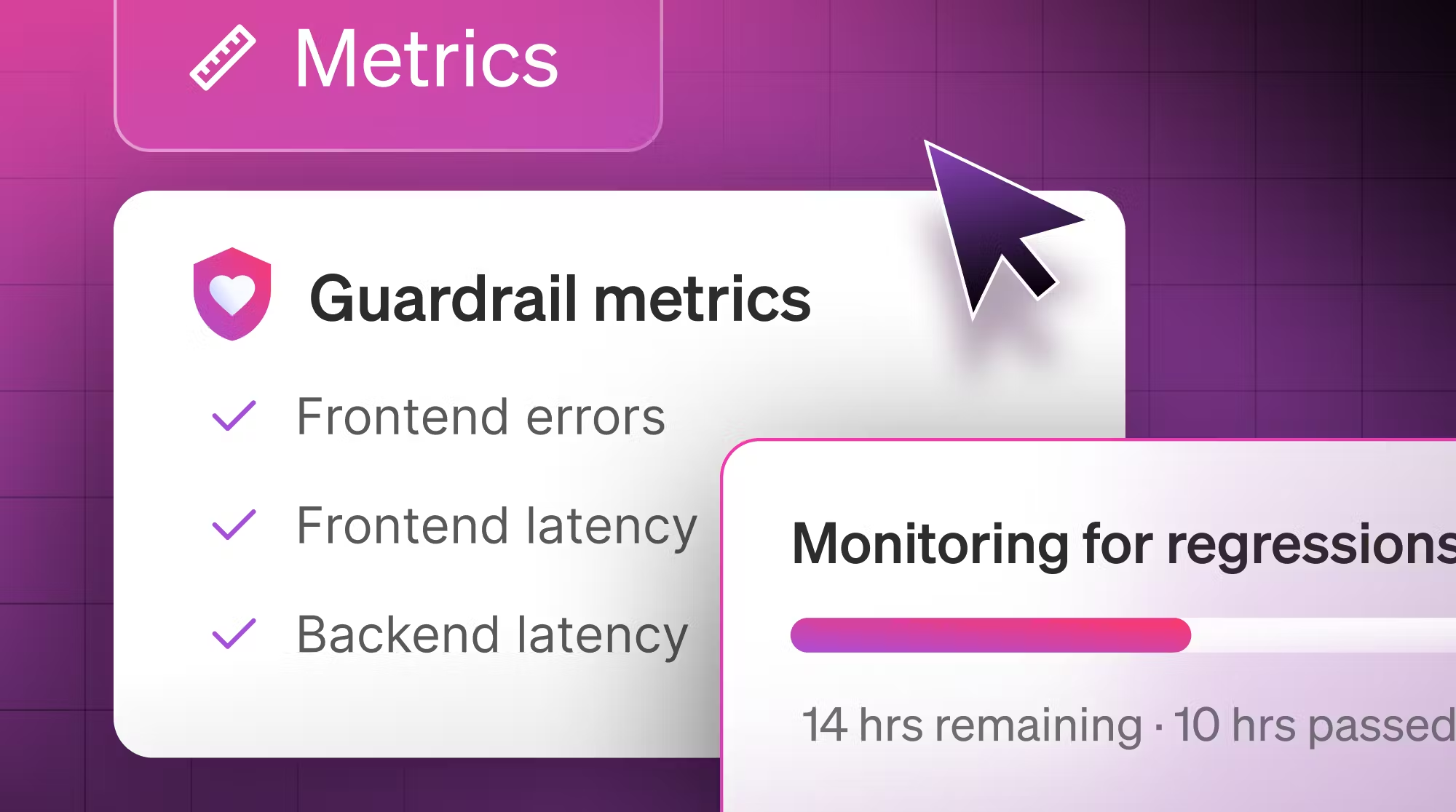
2. Key Guardrail Metrics Every Sydney Ecommerce Store Should Track
When it comes to managing a successful ecommerce store in Sydney, setting and tracking key guardrail metrics is essential to ensure your business stays on the right path and continues to grow sustainably. These metrics act as critical checkpoints, helping you identify potential issues before they escalate and allowing you to make data-driven decisions with confidence.
One of the most important guardrail metrics to monitor is your conversion rate—the percentage of visitors who complete a purchase. A sudden drop in conversion rate could signal problems such as site usability issues or ineffective marketing campaigns. Another vital metric is the cart abandonment rate, which highlights the percentage of shoppers who add products to their cart but leave without completing the purchase. Tracking this helps you uncover friction points in your checkout process and optimize accordingly.
Customer-related metrics like repeat purchase rate and customer lifetime value (CLV) are also crucial guardrails. They provide insight into customer loyalty and the long-term profitability of your store. Additionally, keeping an eye on your average order value (AOV) can help you devise strategies to encourage customers to spend more per transaction.
Lastly, operational metrics such as inventory turnover rate and order fulfilment time ensure that your backend processes run smoothly, preventing stockouts or delays that could harm customer satisfaction.
By regularly reviewing these key guardrail metrics, your Sydney ecommerce store can proactively address challenges, optimize performance, and set the stage for sustained success in a competitive market.
3. How to Set Effective Guardrail Metrics for Your Ecommerce Business
Setting effective guardrail metrics for your Sydney ecommerce store is essential to ensure that your business remains on track while fostering sustainable growth. To begin, identify the key performance indicators (KPIs) that directly impact your store’s core objectives, such as customer acquisition cost, average order value, and cart abandonment rate. These metrics act as boundaries, helping you monitor when your business deviates from desired performance levels. Next, establish clear thresholds or limits for each metric—these serve as your “guardrails.” For example, you might set a maximum acceptable cart abandonment rate of 60% or a target customer acquisition cost that aligns with your profit margins. It’s important to base these thresholds on historical data and industry benchmarks relevant to the Sydney market to ensure they are realistic and actionable. Regularly review and adjust these metrics as your business evolves, using analytics tools to track performance in real-time. By clearly defining guardrail metrics, you can quickly identify issues before they escalate, make informed decisions, and maintain a healthy balance between aggressive growth and operational stability. Ultimately, this strategic approach empowers you to optimize your ecommerce operations and provide a seamless shopping experience for your customers.
4. Using Guardrail Metrics to Identify and Address Potential Issues Early
One of the key advantages of setting guardrail metrics for your Sydney ecommerce store is the ability to identify and address potential issues early, before they escalate into major problems. Guardrail metrics act as early warning signals, highlighting deviations from expected performance across critical areas such as website traffic, conversion rates, average order value, and customer satisfaction. By closely monitoring these metrics, you gain real-time insights into your store’s health, enabling you to pinpoint bottlenecks or declining trends swiftly. For instance, a sudden drop in conversion rate might indicate a technical glitch during checkout, while an increase in cart abandonment could signal pricing or shipping concerns. With guardrail metrics in place, your team can respond proactively—whether that means troubleshooting website issues, revising marketing strategies, or enhancing customer service—ultimately minimizing revenue loss and maintaining a seamless shopping experience. In a competitive market like Sydney’s ecommerce landscape, this proactive approach not only safeguards your store’s performance but also builds long-term customer trust and loyalty.
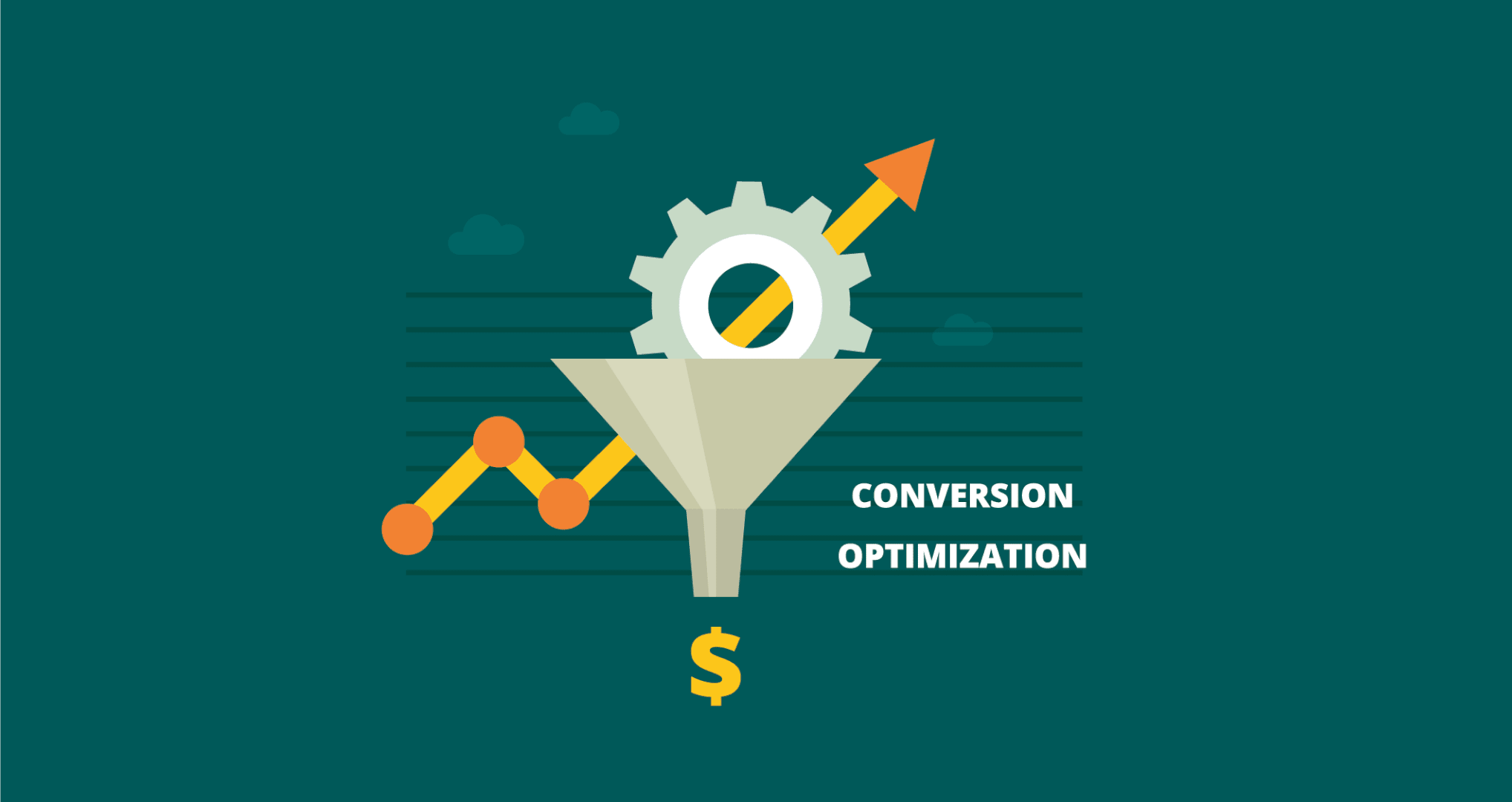
5. Leveraging Metrics to Enhance Customer Experience and Drive Growth
Leveraging guardrail metrics effectively can significantly enhance the customer experience and fuel sustainable growth for your Sydney ecommerce store. By closely monitoring key performance indicators such as site speed, cart abandonment rates, and customer satisfaction scores, you gain valuable insights into how shoppers interact with your website. These metrics act as early warning signals, allowing you to identify and address potential pain points before they escalate into larger issues. For instance, a sudden spike in cart abandonment may indicate a complicated checkout process, prompting you to streamline it for a smoother transaction. Similarly, tracking customer feedback and support ticket trends helps you tailor your service to better meet your audience’s expectations. Ultimately, by setting and continuously refining guardrail metrics, you create a feedback loop that not only improves the shopping experience but also drives higher conversion rates, customer loyalty, and long-term business growth in the competitive Sydney ecommerce landscape.
6. Case Studies: Success Stories from Sydney Ecommerce Stores Using Guardrail Metrics
To truly understand the power of guardrail metrics, let’s take a look at some inspiring success stories from Sydney-based ecommerce stores that have integrated these essential performance indicators into their business strategies.
One standout example is HarborHomewares, a boutique online store specializing in sustainable home products. By setting guardrail metrics focused on customer satisfaction scores and average order value, HarborHomewares was able to maintain a steady growth rate while ensuring that the quality of customer experience never dipped. When initial data showed a slight decline in their return customer rate, the team quickly adjusted their marketing campaigns and improved product descriptions to address customer concerns—actions prompted directly by their guardrail thresholds. Within three months, customer retention increased by 15%, and revenue grew by 20%, all without compromising their core brand values.
Another compelling case is SydneyFitGear, an ecommerce retailer for fitness apparel and accessories. They implemented guardrail metrics around website load times and cart abandonment rates. When their cart abandonment rate began creeping above the set threshold, SydneyFitGear promptly optimized their checkout process and enhanced mobile responsiveness. These timely interventions, guided by guardrail metrics, led to a 25% reduction in abandoned carts and a significant uplift in monthly sales.
These case studies demonstrate how setting and monitoring guardrail metrics empowers Sydney ecommerce stores not only to react swiftly to potential issues but also to sustain long-term growth. By embedding these metrics into daily operations, businesses can strike the perfect balance between aggressive growth initiatives and the preservation of key performance parameters that safeguard customer experience and operational efficiency.
7. Balancing Guardrail Metrics with Primary KPIs for Holistic Performance Measurement
When managing a Sydney ecommerce store, striking the right balance between guardrail metrics and primary Key Performance Indicators (KPIs) is essential for achieving sustained success. While primary KPIs—such as conversion rates, average order value, and customer acquisition cost—directly measure the effectiveness of your marketing and sales efforts, guardrail metrics serve as crucial safeguards that ensure these efforts don’t come at the expense of other vital aspects of your business. For instance, focusing solely on boosting sales without monitoring customer satisfaction or return rates can lead to short-term gains but long-term damage to your brand reputation. By integrating guardrail metrics like customer retention, website uptime, and cart abandonment rates alongside your primary KPIs, you gain a more comprehensive view of your ecommerce store’s health. This holistic approach enables you to identify potential risks early, make data-driven decisions that optimize all facets of your operation, and ultimately deliver a seamless shopping experience that fosters loyalty and drives growth. In essence, balancing guardrail metrics with primary KPIs ensures that your Sydney ecommerce store not only meets its performance targets but does so sustainably and responsibly.
8. Tools and Frameworks for Monitoring Guardrail Metrics in Real Time
To effectively monitor guardrail metrics in real time and ensure your Sydney ecommerce store stays on the path to success, leveraging the right tools and frameworks is essential. Platforms like Google Analytics and Adobe Analytics provide comprehensive dashboards that track key performance indicators such as bounce rates, conversion rates, and cart abandonment in real time. These tools allow you to set custom alerts, enabling immediate notifications when specific guardrail thresholds are breached. Additionally, ecommerce-focused tools like Shopify Analytics or BigCommerce Reports offer tailored insights directly integrated with your store, making it easier to monitor operational metrics like inventory levels and order fulfillment times. For businesses seeking more advanced capabilities, solutions such as Datadog or New Relic enable real-time performance monitoring across your entire tech stack, ensuring that website speed and uptime—which are critical guardrail metrics—remain optimal. Incorporating these tools into your daily operations, combined with frameworks like OKRs (Objectives and Key Results) or the Balanced Scorecard, can provide a structured approach to regularly reviewing guardrail metrics, fostering proactive decision-making and timely interventions. By deploying the right mix of technology and strategic frameworks, your Sydney ecommerce store can maintain healthy metrics, avoid costly pitfalls, and drive sustainable growth.

If you found this article helpful and need help with your website conversion, contact us for a FREE CRO Audit

